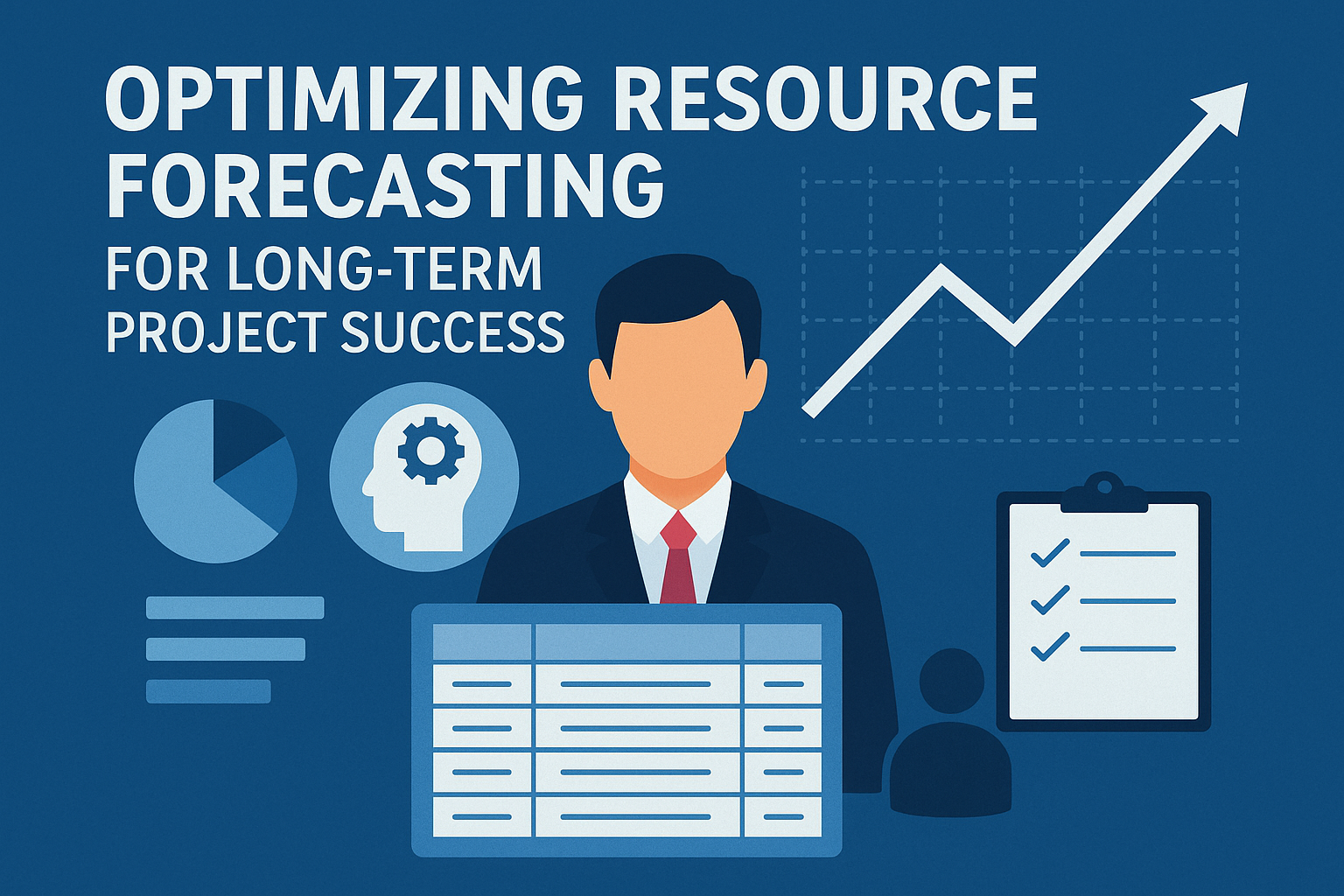Effective resource capacity planning ensures that your team has the right resources at the right time to complete projects successfully. Poor planning can lead to overloading key resources or leaving others underutilized, causing inefficiencies that hurt project outcomes. By mastering resource capacity planning, organizations can maximize productivity, balance workloads, and prevent project delays.
What is Resource Capacity Planning?
Resource capacity planning is the process of matching available resources with project needs. It requires a thorough understanding of both your team’s current capacity and future workload demands. This process helps prevent common pitfalls like resource bottlenecks, burnout, or missed deadlines.
A report by the Project Management Institute (PMI) found that 50% of project failures are due to poor resource planning and unrealistic timelines (PMI Pulse of the Profession, 2023). By properly forecasting and managing capacity, project teams can avoid these risks and increase their chances of success.
Key Elements of Resource Capacity Planning
1. Assess Current Capacity
Before you can allocate resources effectively, you need a clear understanding of current capacity. This involves assessing the availability of team members, their skill sets, and any other constraints that may impact their ability to take on new work.
Resource management tools can provide real-time data on team capacity, ensuring that no one is overloaded. For example, software like Smartsheet or Planview offers detailed capacity reports, which help managers visualize workloads and adjust allocations accordingly.
According to a study by McKinsey, organizations that continuously track and adjust their resource capacity are 35% more likely to deliver projects on time (Resource Planning for Performance, 2022).
2. Forecast Future Resource Needs
Forecasting is a crucial step in capacity planning. By looking at the pipeline of upcoming projects, you can estimate future resource demands and adjust accordingly. This step ensures that you have the right skills available when needed, without overcommitting your team.
Predictive analytics can help improve this forecasting process. Tools like Resource Guru or Float use historical data to anticipate future resource needs based on project timelines, making it easier to plan ahead. According to Gartner, organizations using predictive analytics for resource planning report a 30% improvement in project efficiency (2023 IT Resource Management Trends).
3. Balance Workloads Across the Team
Overworked resources often lead to burnout, while underutilized resources represent wasted potential. Balancing workloads evenly across the team is key to maximizing productivity and ensuring sustainable performance.
One effective approach is to categorize resources based on skill sets, availability, and capacity. This allows project managers to match tasks to the right team members. Tracking resource utilization metrics can also help avoid overload. According to a Deloitte report, companies that actively balance workloads see a 20% increase in employee satisfaction and project completion rates (Effective Resource Utilization, 2021).
4. Build Flexibility into the Plan
No matter how well you plan, unexpected challenges can arise. That’s why flexibility is essential in resource capacity planning. Agile planning frameworks allow teams to adapt to changes in workload or resource availability. This means reserving a portion of your team’s capacity to respond to unforeseen demands or emergencies.
Harvard Business Review notes that companies that build flexibility into their resource plans are 25% more likely to meet project deadlines, even when facing unexpected changes (Adaptive Resource Planning, 2022). Creating buffer zones in your resource plan allows you to handle shifting priorities without derailing project timelines.
Tools to Improve Resource Capacity Planning
Several tools can streamline the resource capacity planning process:
- Smartsheet: Offers real-time dashboards to track resource capacity and project progress.
- Float: A flexible tool designed for forecasting and managing team workloads.
- Planview: Provides comprehensive resource management features, including capacity tracking and future forecasting.
These tools offer critical insights and help balance workloads across teams, ensuring resources are deployed efficiently.
Conclusion
Resource capacity planning is essential to keeping projects on track and ensuring teams are working efficiently. By assessing current capacity, forecasting future needs, balancing workloads, and building flexibility into the plan, organizations can optimize resource use and boost project outcomes. The right tools and strategies enable project managers to stay ahead of resource demands and ensure their teams are set up for success.
Reference
McKinsey & Company | Resource Planning for Performance | 2022
Harvard Business Review | Adaptive Resource Planning | 2022
Deloitte | Effective Resource Utilization | 2021
Gartner | 2023 IT Resource Management Trends | 2023
Project Management Institute (PMI) | PMI Pulse of the Profession | 2023




